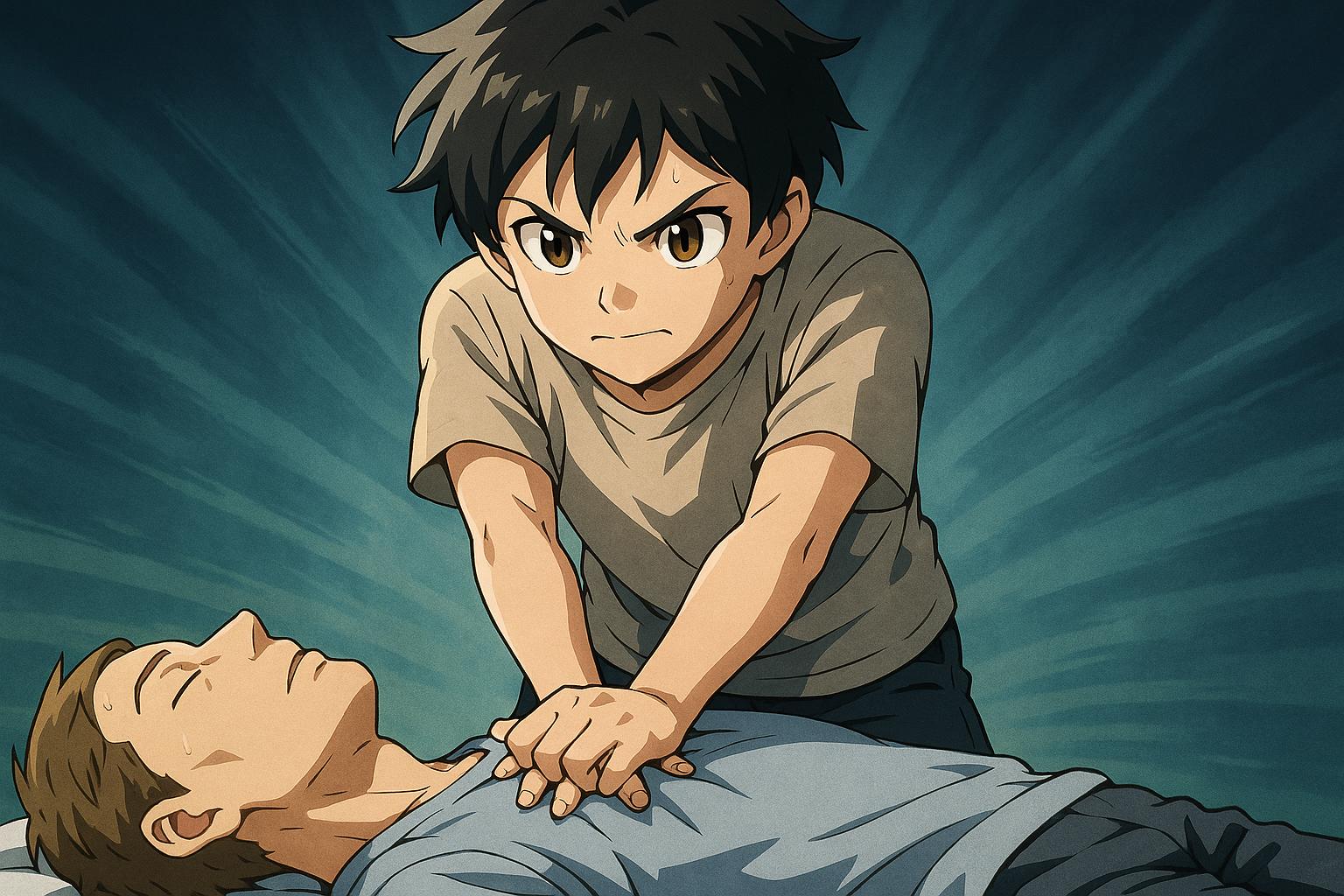More than 200 lives could be lost annually in Scotland due to bystanders' hesitation to provide first aid, according to alarming insights from St Andrew’s First Aid. The charity's recent analysis reveals a significant gap in emergency response, highlighting that many people are reluctant to intervene during critical situations. This reluctance stems primarily from fear, with 61% of surveyed individuals reporting anxiety over making mistakes and 58% expressing concerns about worsening the situation.
The findings are particularly troubling given that approximately 3,200 individuals in Scotland experience out-of-hospital cardiac arrests (OHCA) each year, a scenario where immediate response is crucial. In fact, the survival rate for these emergencies remains critically low, with fewer than one in ten patients surviving to hospital discharge. By applying the 7% statistic of non-intervention to these cases, it is estimated that around 224 lives could potentially be saved each year, a sobering reminder of the urgency and necessity for community intervention.
This reluctance to act mirrors an earlier survey conducted by St Andrew's First Aid, which found that in 2015, half of Scotland’s population lacked any form of first aid training, while a staggering 75% would not know how to respond in the event of a heart attack. The same study indicated that only 9% of Scots could effectively operate a defibrillator, revealing a profound gap in the community's preparedness to deal with emergencies.
In response to these pressing issues, St Andrew’s First Aid has launched a campaign called ‘Taking the Fear Out of First Aid’ to encourage bystander intervention. According to Stuart Callison, the charity's chief executive, the initiative aims not only to highlight the critical role of first aid training but also to empower individuals to act with confidence during emergencies. As he points out, “Doing something is always better than doing nothing,” emphasising how overcoming fear can significantly affect survival outcomes.
The campaign also endeavours to debunk common myths surrounding first aid, ensuring that those trained are both willing and equipped to maintain their skills. This is vital, as Scots' recognition of first aid’s importance is high—with 91% acknowledging its value—but nearly a quarter admit they would hesitate before intervening.
Geographically, the analysis reveals notable variations in confidence levels across the country. Residents in Glasgow are more prone to stepping in during emergencies, with 16% expressing confidence. In contrast, Edinburgh and the Lothians show a lesser propensity, with just over 10% indicating they would intervene. This disparity underscores the need for targeted outreach, particularly in areas where hesitance is more pronounced.
Interestingly, the Scottish Government's Out-of-Hospital Cardiac Arrest Strategy notes that the country experiences worse survival rates from OHCA compared to the European average. This highlights the urgent need for public awareness campaigns like St Andrew's initiative, which stress high-quality cardiopulmonary resuscitation (CPR) and immediate access to defibrillation as key factors in improving survival chances.
In a recent promotional event for the campaign, a local content creator engaged with the public to illustrate that participating in first aid doesn't need to be intimidating. While some chose to avoid a harmless 'mystery box' exercise, others managed to confront their fears, finding nothing inside. Such initiatives are designed to shift perceptions around first aid, with the message that fear should not inhibit action when lives are at stake.
The growing awareness of the profound impact that bystander intervention can have is crucial. Increasing public confidence in providing aid not only enhances community resilience but could also significantly alter survival rates. As the campaign progresses, the hope is that more individuals will feel empowered to act when every second counts, shifting Scotland toward a future where fewer lives are lost due to hesitation in crisis situations.
Reference Map
- Paragraph 1, 2, 3, 4;
- Paragraph 2;
- Paragraph 2;
- Paragraph 5;
- Paragraph 5;
- Paragraph 2;
- Paragraph 2.
Source: Noah Wire Services
